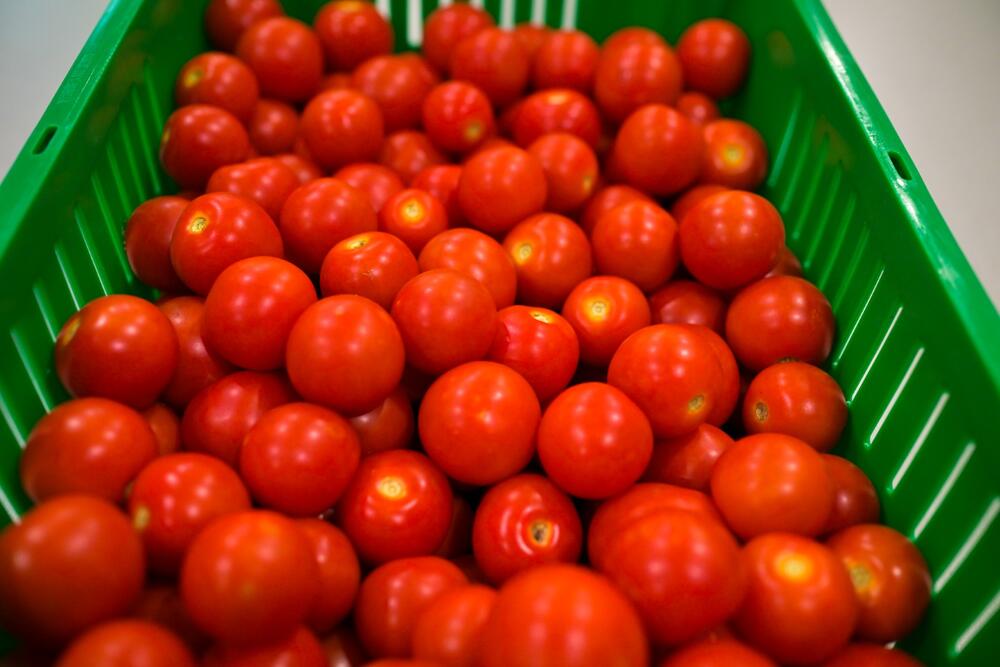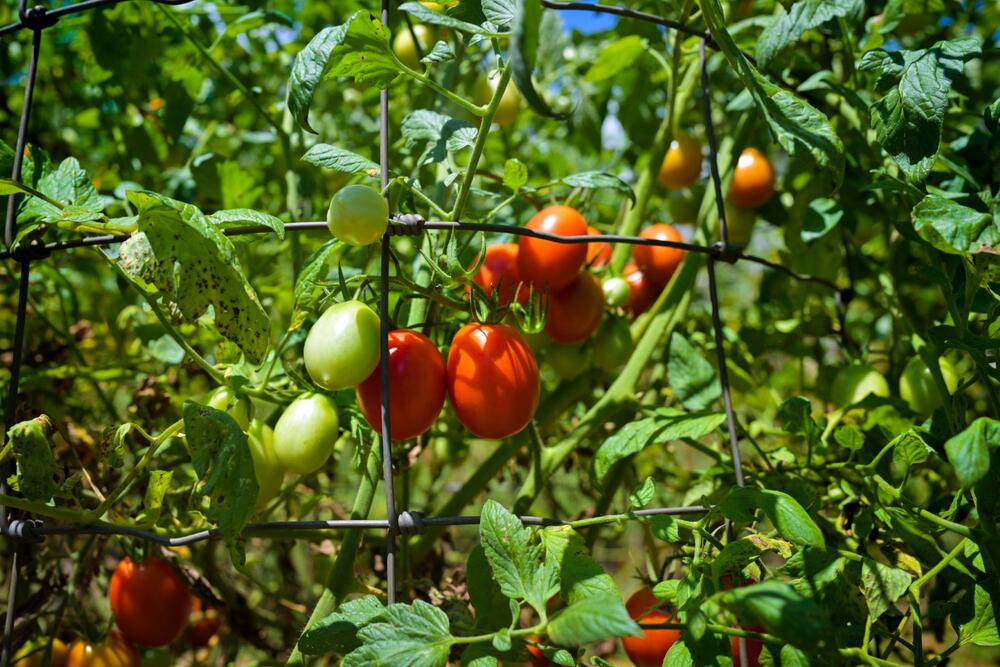
Caption
Mountain Magic tomatoes are slightly larger than cherry tomatoes and bred to be more resistant to disease.
Credit: Emory University
LISTEN: Last week, the Trump administration announced a 17% tariff on tomatoes imported from Mexico. GPB’s Chase McGee reports the move could increase demand on local growers.

Mountain Magic tomatoes are slightly larger than cherry tomatoes and bred to be more resistant to disease.
Last week, the Trump administration announced a 17% tariff on tomatoes imported from Mexico. The move could increase demand on Georgia's growers.
Georgia isn’t the best state for growing tomatoes. High humidity raises the chance of disease in the crop, so most U.S. tomatoes come from farms in Florida and California.
But that doesn’t stop local farmers from trying.
Daniel Parson is a Farmer Educator at Emory University’s Oxford College Farm.
He’s been growing tomatoes in the South for 25 years, and they often sell well at local farmer’s markets.
But he said sudden demand doesn’t always benefit local growers, since tomatoes take time.

These tomatoes grow in a cage designed to support vine growth.
“And if we want to have more tomatoes, we go back to our planning stages," he said. "And next year, next July, we can have more tomatoes.”
Those long-term planning efforts might be upended again if tariffs don’t materialize. Right now, 70% of tomatoes consumed in the U.S. are grown in Mexico.